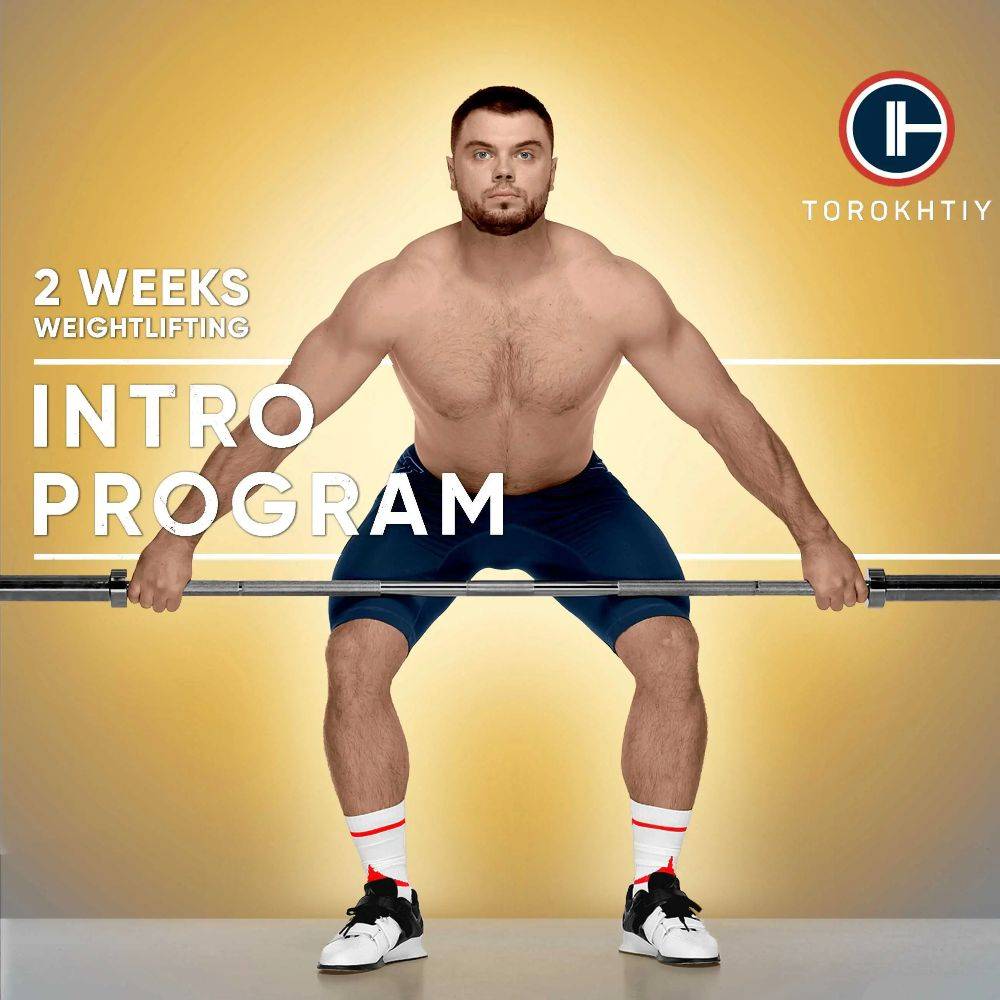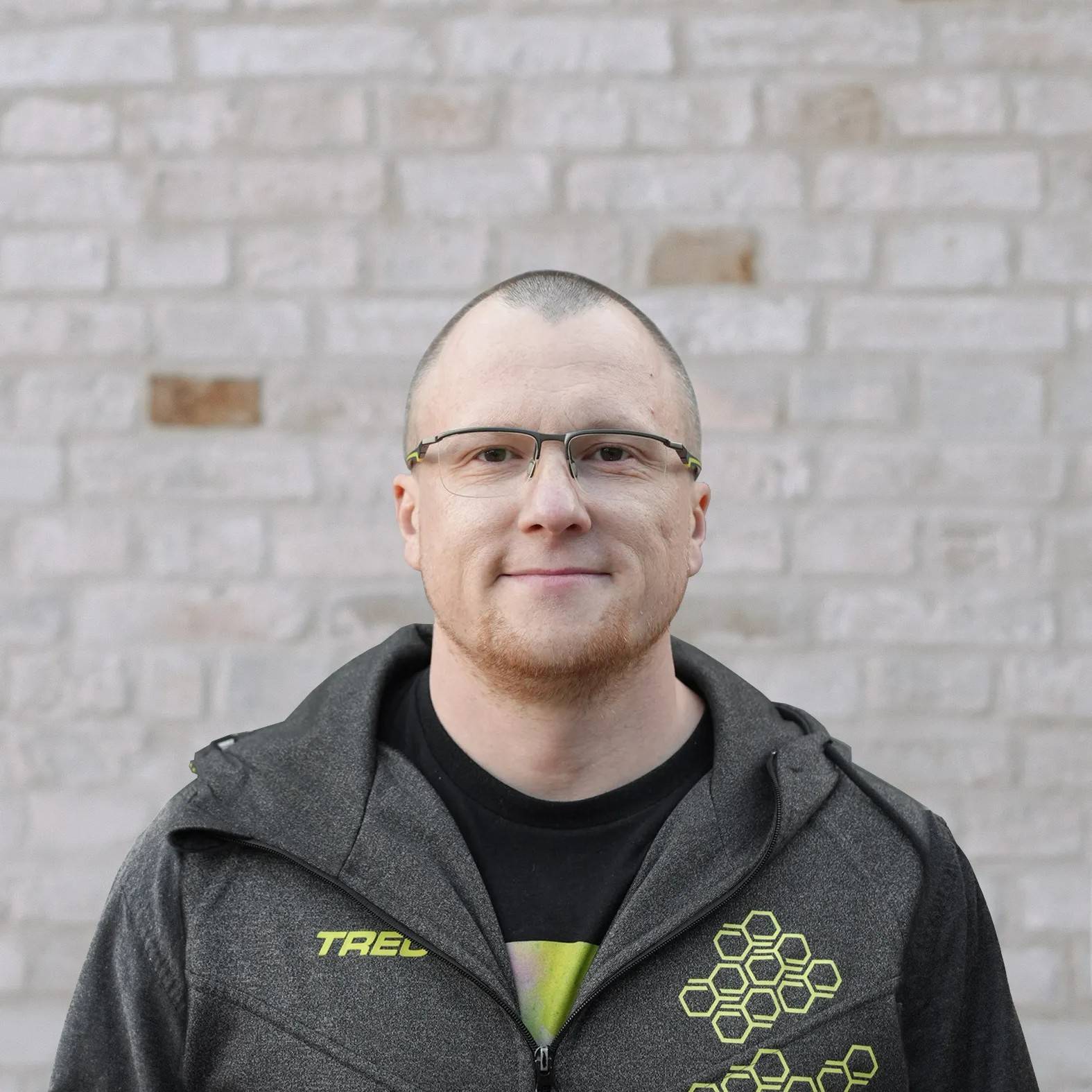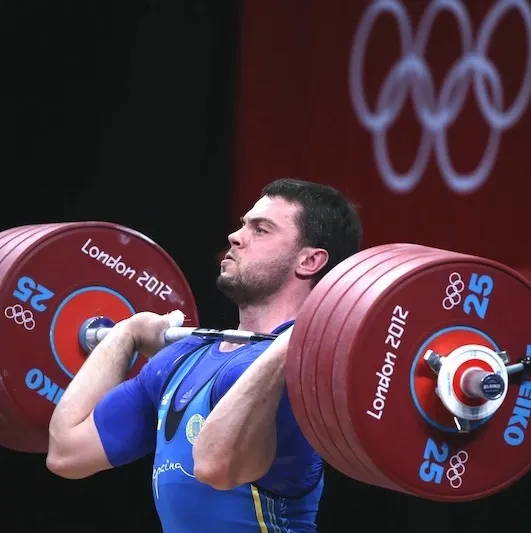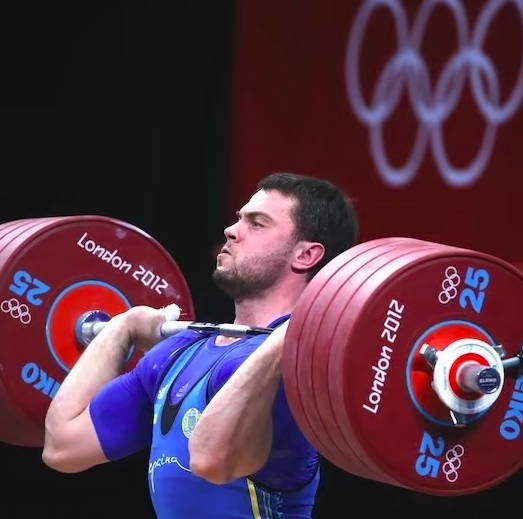Olympic weightlifting is a traditional sport that is now experiencing a rebirth in popularity, whereas Functional fitnessis one of the largest fitness trends on the globe. Are they really so different? In today’s article, we’ll learn more about functional fitness vs weightlifting.
Olympic weightlifting is a deep sport that teaches just two strength and power exercises: snatch and clean & jerk to the greatest level. Whereas functional fitness is a broad sport that incorporates a large variety of movements, exercises, and physical abilities all trained to a decent level. Let’s take a deep look on functional fitness vs olympic lifting.

What Is Weightlifting?
Olympic weightlifting is a sport in which participants compete by effectively lifting the highest weights while using a barbell weighted with the plates from the floor to overhead. Snatch and clean & jerk are two exercises that athletes compete in.
The wide-grip lift known as the snatch involves lifting the weighted barbell overhead in a single motion.
A combined movement known as the clean and jerk involves lifting the barbell from the platform to the front rack position – clean phase, then lifting it above – jerk phase.
Each weightlifter is given three attempts at the snatch and C&J, with the snatch attempts coming first. The total of the heaviest weight successfully lifted in kg for each lift determines an athlete’s score. Different weight classes, which differ for each gender and have changed every 3-4 Olympic cycles, are used for competition. Lifters earn a “incomplete” entry for the meets if they are unable to properly complete at least 1 snatch attempt and at least 1 C&J. Since the first Summer Olympic Games in 1896, weightlifting has been an Olympic sport.

Weightlifting Workouts
Weightlifters devote the most of their training preparation to performing different barbell lifts in order to increase their strength. The majority of exercises are snatch, C&J, pulls and squats variations.
Every day training structure:
1. Warm-Up
2. Main Workout

3. Cool Down
4. Training Schedule Per Week

Weightlifting Pros & Cons
Positives:
A good method to increase explosiveness and overall body power
Can connect the gap between the training room and the playing field
Can aid in the development of elasticity in soft tissue & joints
Make a strength training program more interesting and challenging
Could be improved:
Challenging to master and do effectively
It may take years of practice to execute perfect
High injury risk with modest payoff
Effective for athletes, not necessarily for regular people
Follow us!
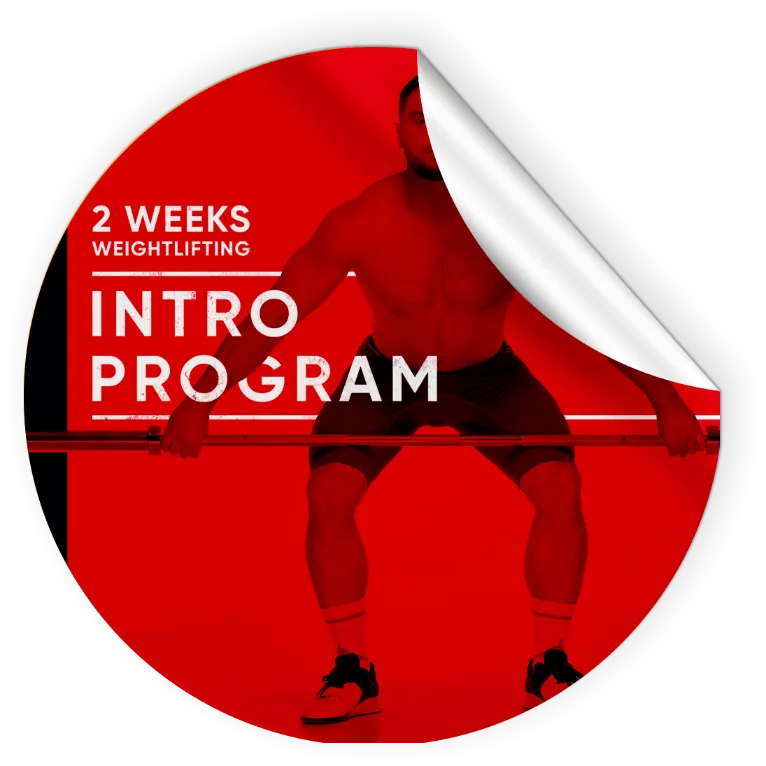
FREE

FREE
Get a 2-week Weightlifting Program as a bonus for the subscription to kickstart your training plan!
What Is Functional Fitness?

Functional Fitness Workouts
1. Warm-Up
2. Strength Block
3. WOD
4. Cool Down
Functional Fitness Pros & Cons
Positives:
Strong community
Exciting atmosphere
Competition
Could be improved:
Lack of personalization
Lack of programming
Lack of scalability
Weightlifting vs Functional Fitness Comparison
The workouts’ unpredictability is therefore what sets functional fitness vs weightlifting. Olympic weightlifting concentrates on a smaller number of exercises to develop Snatch and C&J, but functional fitness workout concentrates on a large variety of varied type exercises.
1. Different Approach To Competition
The challenges that the participating athletes will face during the functional fitness games will not be explained to them until the day of the competition. In Olympic weightlifting, where they prepare for two lifts — the situation is very different. There are significant differences in the training equipment as well in functional fitness or strength training.
2. Different Training Goals
Functional fitness aims to combine power and endurance. High endurance/rep exercises are combined with some strength training during workouts. Olympic lifters aim for power, which combines strength and explosive speed. They work out emphasizing intensity over repetitions. Functional fitness athlets are strong and powerful, yet they cannot match the weights lifted by Olympiс weightlifters. The same is true for weightlifters.
3. Weightlifting Can Help Excel At Functional Fitness
Many athletes choose to focus more on weightlifting, which aids in performing functional fitness routines. Squatting improves weightlifting performance, which improves functional fitness performance, which is essentially just yet another method of indicating that they are more physically fit. Check this training program designed especially for functional fitness athletes who want to put more attention on Olympiс weightlifting – WL4FF.

4. Balance Between The Two Is Difficult
Many experienced athletes and coaches advise that you select a choice: weightlifting vs functional fitness. You cannot have everything. It would be ideal to choose only one way, but choose at least one priority. Functional fitnessis more focused on overall fitness and the “model” look. Olympic weightlifting is mostly on strength and power, with little emphasis on appearance.
Get started on your weightlifting journey with the Torokhtiy Free Olympic Weightlifting Program! Perfect for beginners, this FREE 2-week program focuses on Snatch and Clean & Jerk techniques. Suitable for all levels, it’s designed for muscle and technical preparation.
Download now for FREE!💥🚀💪
FAQ
Is Functional Fitness Or Weightlifting Better For Weight Loss?
While both weightlifters and functional fitness athlets may be used for demanding, intensive workouts, functional fitness provides a more effective way to lose weight while Olympic weightlifting encourages the development of speed and power.
Can I Build Muscle With Functional Fitness?
You need muscles and a body fat percentage low enough to show it if you want to seem athletic. You will surely gain muscular mass doing functional fitness. You might also enhance your mobility, flexibility, and stamina.
Is Functional Fitness Good For Strength Training?
Yes, of course! Functional fitness could be a useful workout for increasing your basic strength level and also cardiovascular fitness, agility, and flexibility.
Conclusion
So, is functional fitness preferable to weightlifting? The vast majority of those who have experienced a lot in both functional fitness and weightlifting claim that weightlifting is superior to functional fitness. This is more about setting objectives, making plans to achieve those goals, and attaining those goals than it is about the world’s fittest man. Because functional fitness is so unpredictable, a lot of athletes prioritize weightlifting at least twice a week. It’s your time now! Which training will you select? Please tell me everything in the comments!
References:
- All photos are made by our Torokhtiy Media Team
Why Trust Us?
The product testing process is described in more detail here.
Experience: 20 years
Best Results: Snatch - 165 kg,
C&J - 200 kg
Sergii is a professional weightlifter and National team member in the past. Competed in 94 kg w/c, won multiple medals on national competitions.
Nowadays Sergii is responsible for designing training programs, writing blog articles, doing live commentary of international weightlifting competitions, running different sport & fitness educational seminars, including Olympic weightlifting together with Oleksiy Torokhtiy all around the globe.
Experience: 21 years
Best Results: Snatch – 200 kg,
C&J - 240 kg
My name is Oleksiy Torokhtiy. I am a professional athlete with 20 years of experience in Olympic weightlifting. I have won multiple European, and World titles and have taken part in two Olympic Games (Beijing 2008, London 2012).
After finishing my career, I have committed myself to coach, and as of 2022, I’ve hosted 200+ weightlifting seminars all over the globe. I’m the founder of an international sportswear and accessories brand, Warm Body Cold Mind (my motto), author, and creator of a series of training programs and eBooks.
If you have any questions/suggestions/any other inquiry, you can reach out to us via email - reviews@torokhtiy.com

